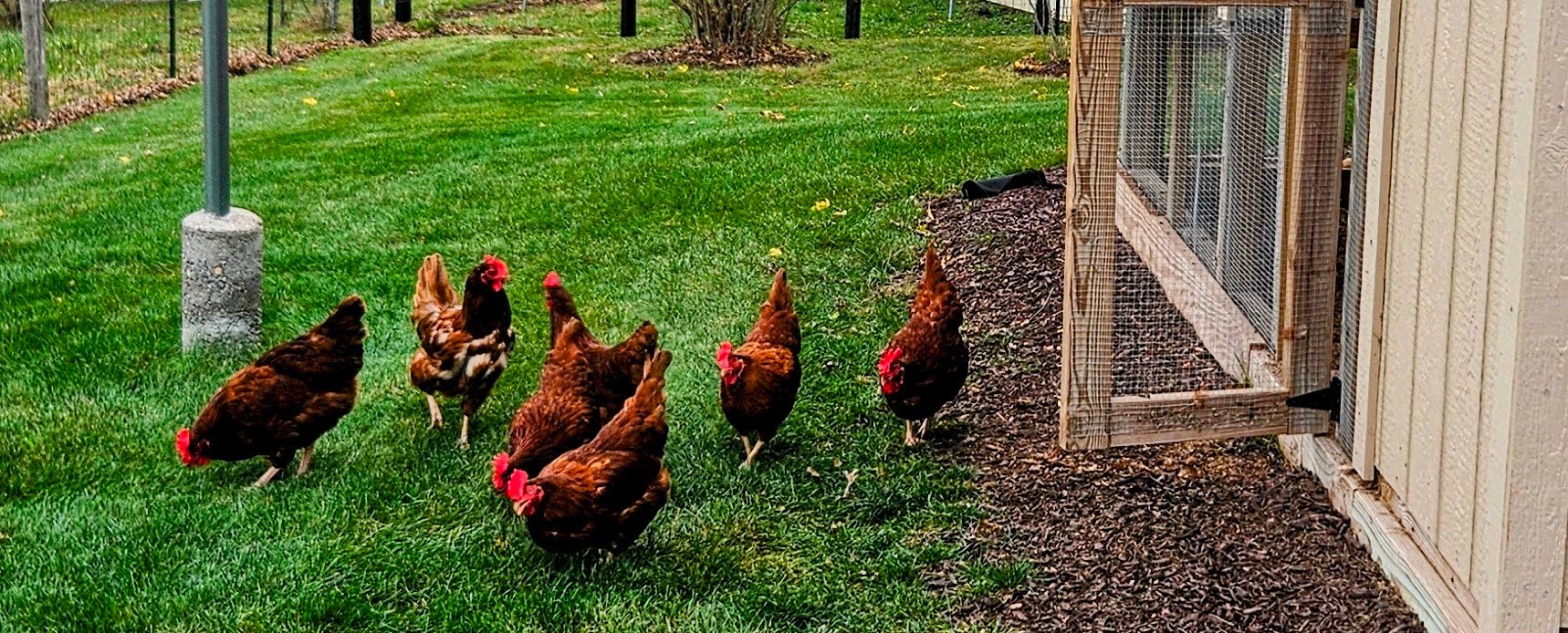
Grow Where You’re Planted: A 4-Part Guide to Garden Location Planning
-1.png?width=64&height=64&name=Untitled%20design%20(31)-1.png)
Part 1: Sun, Shade, and the Power of Location
When it comes to successful gardening on the homestead, one of the most overlooked yet crucial steps is understanding your garden's location—specifically, how much sun or shade each area gets. It might be tempting to throw seeds into the ground and hope for the best, but taking time to plan with the sun in mind can mean the difference between a thriving garden and a disappointing one.
Why Sunlight Matters
Sunlight fuels photosynthesis, the process plants use to grow and produce. Most vegetables, especially fruiting ones like tomatoes, peppers, and cucumbers, need at least 6 to 8 hours of full sun per day to produce well. On the other hand, leafy greens like lettuce, spinach, and herbs such as mint or chives can tolerate more shade.
But sun and shade aren’t static — they shift with the seasons.
Seasonal Shifts in Sunlight
In early spring and fall, the sun travels a lower arc across the sky, casting longer shadows. Trees without leaves may let in more light early in the season, only to shade the garden come summer. In contrast, during summer, the sun is high and intense, and areas that once seemed shady might get blasted with midday rays.
This seasonal change means a garden that gets six hours of sun in May might only get three in September—or vice versa, depending on your layout.
To get ahead of these changes, spend a day or two observing how sunlight hits different areas of your yard at different times. Make notes in the morning, midday, and late afternoon. Even better, do this throughout spring and early summer to see the patterns evolve.
Choosing the Right Spot
When selecting a spot for your garden, aim for:
- Maximum southern exposure (if you're in the Northern Hemisphere)
- Minimal tree or structure interference, especially from the east and west
- Good drainage and access to water
If you’re working with a small space or irregular sun patterns, consider breaking your garden into zones. Place sun-loving crops in the brightest areas and shade-tolerant ones where sunlight is more limited.
The Flexibility of Container Gardening
One of the best solutions to location challenges is container gardening. Containers are movable, allowing you to chase the sun—or the shade—as needed. If your backyard only gets full sun in the morning, you can start your containers there and move them to a western-facing spot in the afternoon.
Containers are also perfect for patios, balconies, or homesteads with limited in-ground garden space. You can even use rolling plant caddies or lightweight pots to make relocating even easier.
Some great candidates for container gardening include:
- Tomatoes (especially dwarf or patio varieties)
- Peppers
- Lettuce
- Radishes
- Herbs (basil, parsley, thyme, cilantro)
Make sure your containers have good drainage, and choose the right size pot for the plant—larger veggies need more root space to thrive.
A Balanced Garden = A Productive Garden
Too much sun can be just as harmful as too little. Some crops, like leafy greens and some herbs, actually benefit from afternoon shade, especially in hotter climates. If your garden bakes in the sun all day, consider planting taller crops on the west side to offer natural shade to more delicate plants.
Alternatively, shade cloth or lightweight trellises can help manage excess sun exposure without moving plants.
Final Thoughts
Garden planning isn’t just about what you want to grow—it’s about where it will grow best. By paying attention to the sun’s path through the seasons and being strategic about location, you can set your garden up for maximum success.
Whether you're planting in rows, raised beds, or containers, understanding your microclimate—sun, shade, and all—turns guesswork into a well-honed homestead skill. Your plants will thank you, and your harvest will show it.
.png?width=50&height=50&name=8%20(2).png)
.jpg?width=3881&height=2414&name=20231014_180703%20(1).jpg)
